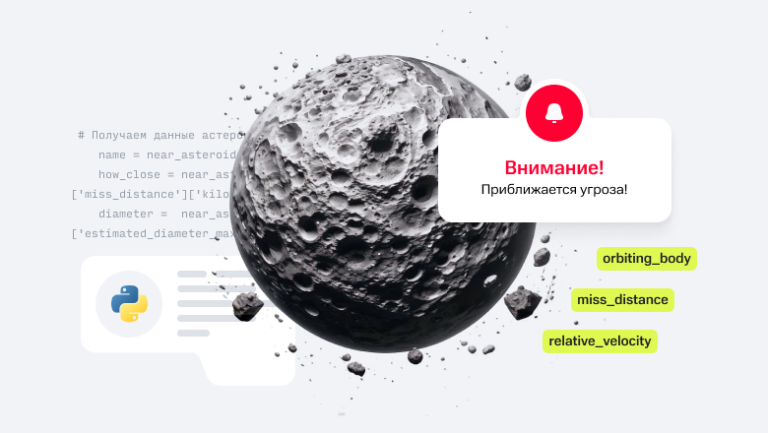everything you need to know about multi jet fusion

Recently, 3D printing technologies have become increasingly popular, allowing the creation of complex parts with high precision. One of the advanced methods in this field is the Multi Jet Fusion (MJF) technology developed by HP, which offers unprecedented possibilities in the field of manufacturing.
This article will provide a comprehensive overview of MJF technology, from its basic operating principles, the specifics of using different materials, to practical tips for working with this innovative technology.
What is MJF technology and how does it work?
Basic principles of operation of Multi Jet Fusion technology

Multi Jet Fusion is a process in which tiny particles of plastic powder are bonded together using infrared heat. The MJF printer spreads a thin layer of powder over the build area, after which jet heads apply a bonding agent to the powder at precise XY coordinates defined by the digital model of the part. An infrared emitter then passes heat through the powder, causing the bonding agent to react and the powder particles to stick together. The process is repeated layer by layer until the 3D object is fully formed.
Comparison of MJF with other 3D printing technologies

MJF technology is different from other types of 3D printing, such as stereolithography (SLA) or selective laser sintering (SLS), thanks to its ability to print objects faster and with higher surface quality. Unlike SLS, where the laser fuses the powder sequentially, MJF applies the bonding agent over the entire layer area simultaneously, which allows for a significant acceleration of the printing process. In addition, thanks to the unique ability to apply additional parts to modify mechanical and color properties, MJF opens up new possibilities for manufacturing.
What materials can be used with MJF technology?
Overview of the most popular materials: PA12, PA11, and polypropylene

Most commonly, MJF 3D printed parts are made from PA12, a common grade of nylon. MJF printers can also print parts from elastomers. The full range of available materials is listed below:
PA11 (Nylon): PA11 is more flexible and stiffer than PA12 and is therefore better suited for end-use parts.
PA12: PA12 has good crack resistance and the lowest moisture absorption of all polyamides. Glass-filled versions are also available. PA12 is generally well suited for functional prototypes.
PP (Polypropylene): Ideal for functional prototypes that can mimic the characteristics of injection molded polypropylene.
TPU01 (Thermoplastic Polyurethane): This material provides a good balance between flexibility and cushioning and can be used to create high-resolution elements.
TPU M95A: This elastomer material has excellent abrasion resistance and high elongation at break. Ideal for end-use parts such as shoe seals and insoles, as well as functional prototypes.
TPA (Thermoplastic Polyamide): This elastomer material is a lightweight, highly elastic elastomer. TPA has high elongation at low temperatures.
Unique properties of materials for MJF printing
MJF materials have unique properties that allow control over the mechanical properties of finished products. For example, the ability to modify the surface texture, elasticity and impact strength of printed objects. At the same time, the use of additional agents can further expand the functionality of printed parts, for example, increasing their water resistance or surface hardness.
Industries using Multi Jet Fusion
Multi Jet Fusion is a versatile technology that has applications in many industries. It helps manufacturers at all stages of development, from prototyping to creating functional prototypes for field testing and manufacturing finished parts.
Industries where MJF has been successfully applied include:
Automotive industry
MJF 3D printing technology helps automakers and vehicle companies reduce component production costs and increase operational efficiency.
Continental Automotive Spain SA, a Spanish supplier of components to the automotive industry, has applied MJF technology to create a pneumatic gripper that has reduced the time it takes to produce new components.
Jaguar Land Rover engineers are going beyond fasteners and interior trim, using HP Multi Jet Fusion to develop a new generation of protective equipment for factory workers. General Motors’ new 15,000-square-foot additive manufacturing center features HP MJF machines that 3D print prototypes, tooling, fixtures, and finished products.
Medicine

The benefits of 3D printing and digital manufacturing technologies continue to expand during the pandemic, overcoming supply chain challenges and increasing the efficiency of component manufacturing. HP, along with its vast global network of partners and customers, has manufactured more than five million components to meet immediate needs and foster new ecosystems that support local manufacturing.

The medical and dental industries are seeing a surge in new ways to use 3D printing to customize products on a mass scale. SmileDirectClub in Nashville, Tennessee, runs 60 HP Multi Jet Fusion printers nonstop to create unique dental devices.
HP Jet Fusion printers are also changing the orthotics industry by enabling the creation of custom medical prosthetics. Invent Medical, one of Pilate’s select customers, produces custom orthotics and prosthetics using the HP PA12 white printer, opening up new possibilities for post-print coloring, especially in pediatrics.
OVR Technology produces gadgets that allow the use of smells in virtual reality, mainly aimed at medicine and therapy. With the help of MJF printers, they were able to produce durable, highly detailed housings with complex geometries for their prototypes.
Consumer goods
Many consumer products require complex-shaped components in small sizes, as global food and beverage leader PepsiCo demonstrated when it created a miniature mask to attach to beverage cans as part of its partnership with the film Black Panther.
During the process, she tried a variety of 3D printing methods to accurately recreate the fine details and rich black color of the iconic superhero mask. Ultimately, MJF's technology was recognized as the best due to its high production efficiency and long-lasting products.
HP is also working with the sporting goods and eyewear industry. Using Multi Jet Fusion technology, Oakley is reducing the development time for its eyewear and other sports equipment. Using 3D printing to produce final components, Smith's I/O MAG Imprint ski goggles were named one of Time magazine's best inventions of 2022.
Benefits of 3D Printing with MJF

Printing speed and process efficiency
One of the significant advantages of MJF technology is its ability to print quickly. Thanks to the parallel application of the binding agent and the simultaneous thermal effect on the entire layer, the printing process is significantly accelerated compared to technologies where the material is processed sequentially. This makes MJF an ideal technology for the production of both small batches of parts and for mass production, significantly reducing the time from idea to finished product.
High precision and quality of finished products
MJF enables high precision measurements and surface detailing of products, which is critical for the production of functional parts and high-quality consumer goods. The technology's ability to create smooth and uniform surfaces with minimal need for post-processing significantly improves the aesthetics and functionality of finished products.
Possible uses for complex and detailed objects
MJF technology opens up new possibilities for the production of complex and detailed objects that would be impossible or uneconomical using traditional manufacturing methods. The ability to create parts with internal cavities, complex porous structures and thin walls without the need for structural supports significantly expands the boundaries of design and engineering.
Comparison of MJF with traditional injection molding
Cost Effectiveness of MJF vs. Casting
While traditional injection molding remains a cost-effective method for mass production, MJF technology offers significant advantages when producing limited runs or when rapid prototyping is required. MJF eliminates the need for expensive molds and allows for design changes at any stage of production without additional costs, making it ideal for short production runs and customized manufacturing.
When to Choose MJF 3D Printing vs. Injection Molding
The choice between MJF 3D printing and traditional injection molding depends on the overall production volume, unit cost, production speed, and complexity of the product design. MJF is suitable for producing complex parts in low to medium volumes where design flexibility and high manufacturing speed are required. Injection molding remains the preferred choice for very high volumes of relatively simple products due to its lower operating costs per unit.





